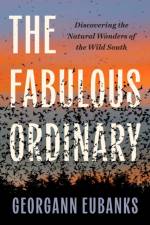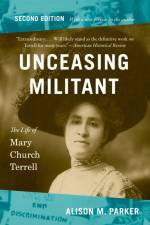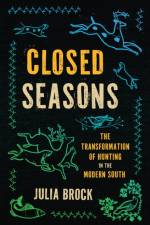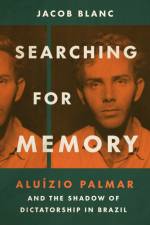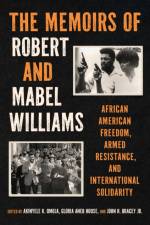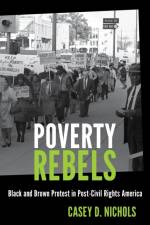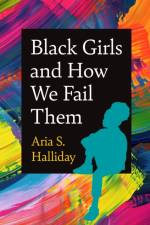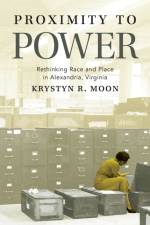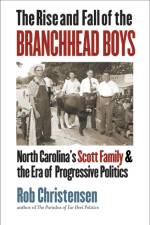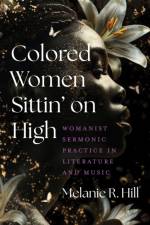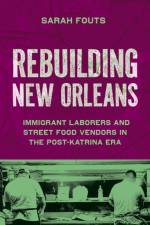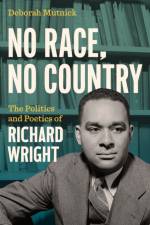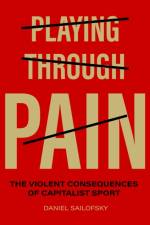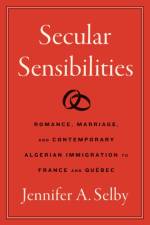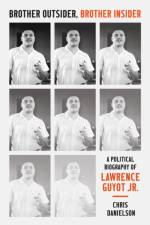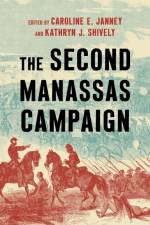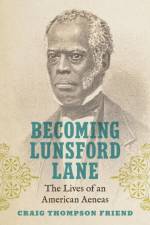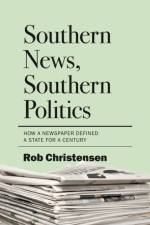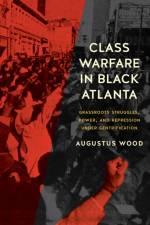av Craig Thompson Friend
529,-
By challenging the rules of enslavement and, later, pushing the boundaries of free citizenship in North Carolina, Lunsford Lane (1803-79) became a folk hero to many enslaved Southerners, as well as a generation of abolitionists. Author of a unique "slave narrative" and a speaking partner with some of the era's greatest orators, including William Lloyd Garrison, Henry Highland Garnett, William Wells Brown, and Frederick Douglass, Lane became a celebrity who watched as the persona he created gradually faltered and failed him and his family. Yet even as his influence waned, it was still powerful enough to cause many to see him in light of their own purposes: as a fugitive from slavery, an entrepreneur, a Christian minister, and even an abolitionist (an identity he rejected). Lane's enemies also continued their efforts to silence him--a white mob determined to tar and feather him, reformers who saw his contributions to abolition as a threat to their causes, and a neighbor who attempted to set fire to the Lane home while Lunsford and his family slept within.In the first biography of Lunsford Lane based on original and extensive research, Craig Thompson Friend portrays a man who dreamed beyond his enslavement, delivered himself and his family from bondage, and spun a story of his life that brought him lasting freedom and fleeting fame. Friend casts light on Lane's family origins as well as his complex relationships with his wife, parents, children, enslavers, fellow abolitionists, and nation. Lane's story is a biography for our times: a man searching to define life, liberty, and the pursuit of happiness in a changing American society scarred by contentious politics, economic challenges, class tensions, loss of political rights, and racial violence.

